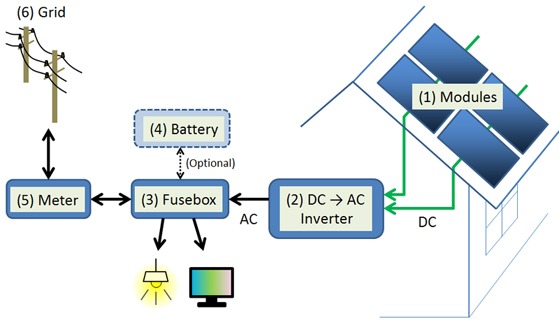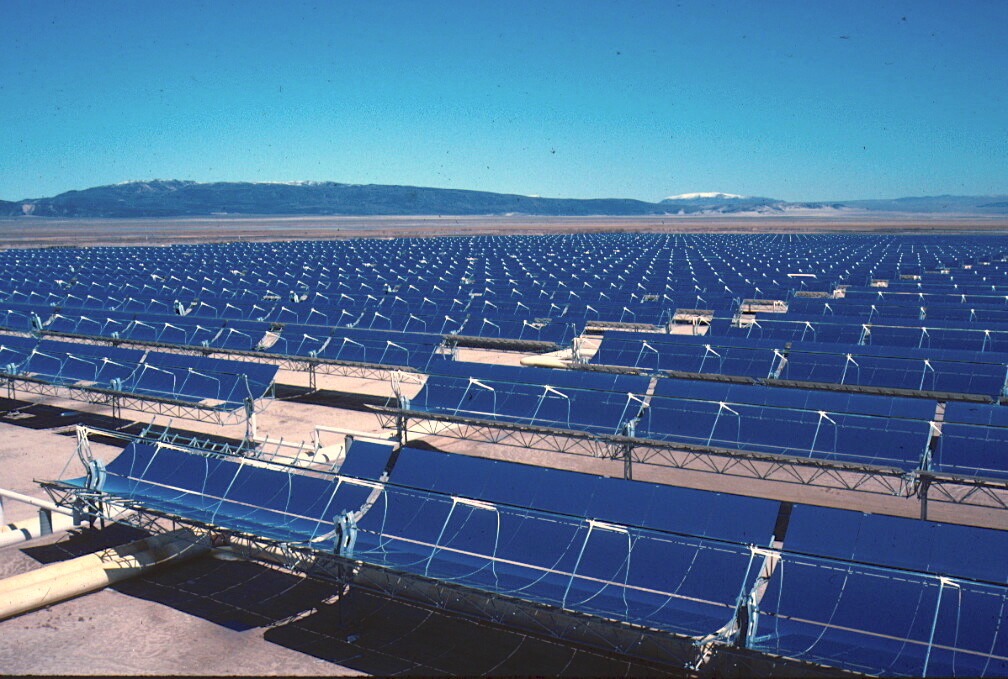The technology of photovoltaics or solar energy
More and more homeowners and anyone else have seen the immense benefits of solar energy and have begun to install solar panels in their homes. Aside from solar panels, you also have probably seen devices such as calculators with solar cells — devices that never need any batteries and mostly don’t even have an off button. As long as these devices are exposed to the right amount of light, they seem to function forever.
Many decades ago photovoltaics was seen as a novel and esoteric technology. Back in the 1950s photovoltaics were used virtually exclusively for space experiments and space missions, using it to power satellites’ electrical systems most of the time.
Today, photovoltaic or solar energy is used in mostly non-exotic ways. Solar energy technology continues to appear in various devices, from sunglasses to public mobile phone charging stations.
Let us explore on how photovoltaic cells (solar cells) convert the sun’s energy directly into electricity that we use.
How is the power of the sun converted into electricity?

When the photovoltaic cell’s negative layer (n-type silicon) absorbs enough photons, electrons are released from the negative semiconductor material. Because the positive layer (p-type silicon) is in the manufacturing process, the released electrons migrate from the negative layer to the positive layer. This results into the positive layer creating a voltage differential, just like in the usual batteries you use.
When both positive and negative layers are linked by the cell’s external load, the electrons circulate through the circuit, thus generating electricity.
How much electricity do you get from solar panels? And what are the benefits of solar-powered electricity?
Usually, each individual cells generate only 1-2 watts. To address this, a solar module is combined to cells in order to boost power production. These weather-tight modules are then wired up to create a solar array (serial and/or parallel arrangement). This will generate the required or desired amperage and voltage yield.
Photovoltaic cells are naturally made up of lots and lots of silicon, the cells’ semi-conductor materials. The solar power cells are eco-friendly due to the combination of silicon and the sun’s boundless source. Thus, these cells burn no fuel and have no moving components which render these cells practically safe, free, clean and noiseless.
If the average homeowner has a solar panel system installed in their roof, they will be able to save over $1000 on electricity a year. If homeowners can’t afford to have an outright ownership of these solar panels, there is also the solar leasing option. Solar leasing allows homeowners to use and take advantage of the solar electricity without shelling out payments for the solar panel installation. Instead, a third party will cover the installation expenses. Solar leasing could be a wiser option for the homeowners because usage rates there are fixed for a certain period, so they don’t have to worry about being charged beyond that fixed rate.
Related links
- Solar Energy Advantages & Disadvantages
Most people are not solar energy experts and are not aware of all the details of solar energy advantages and disadvantages.

